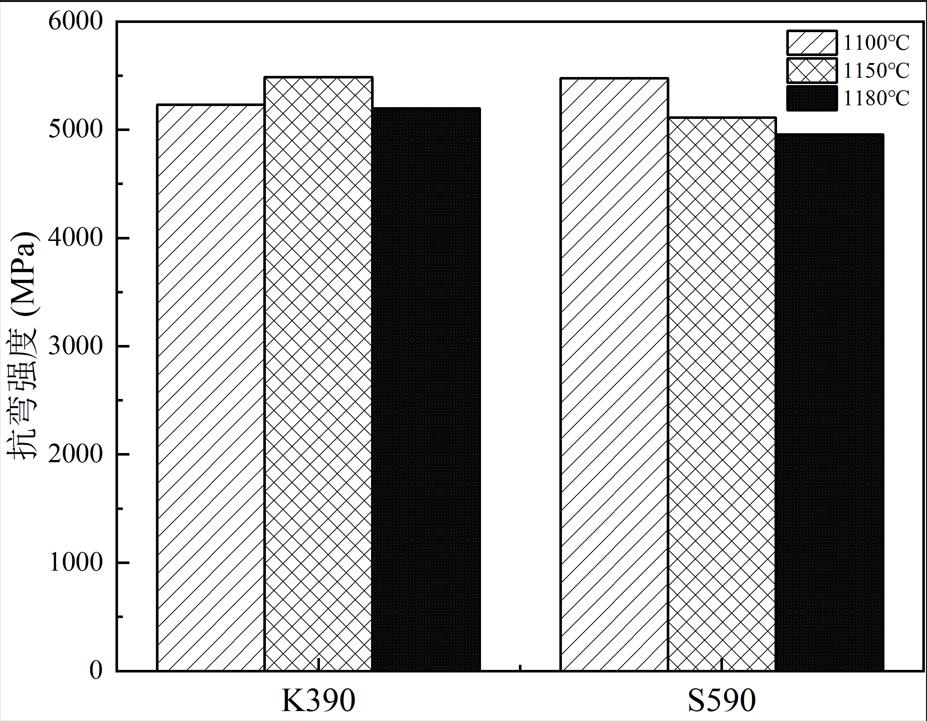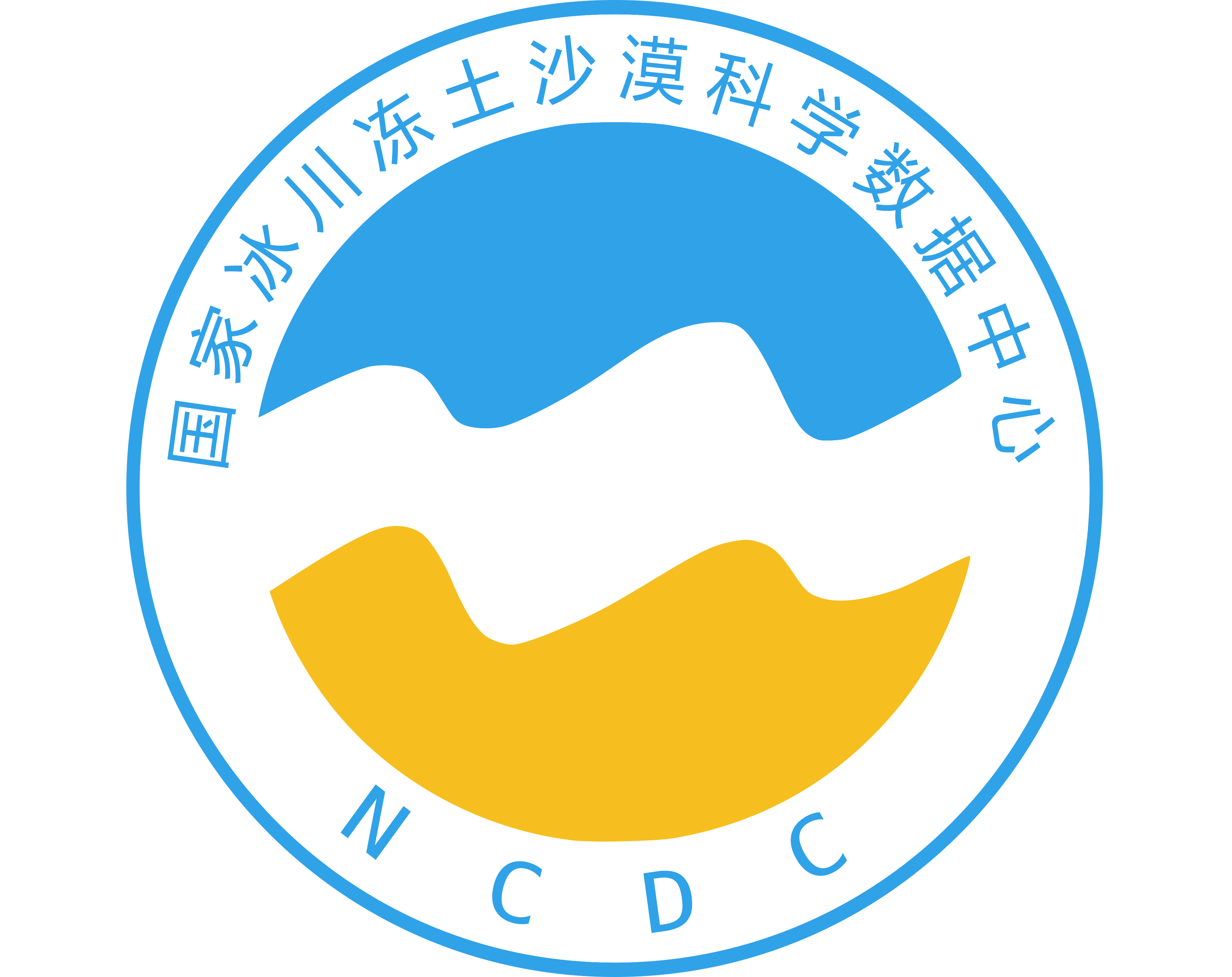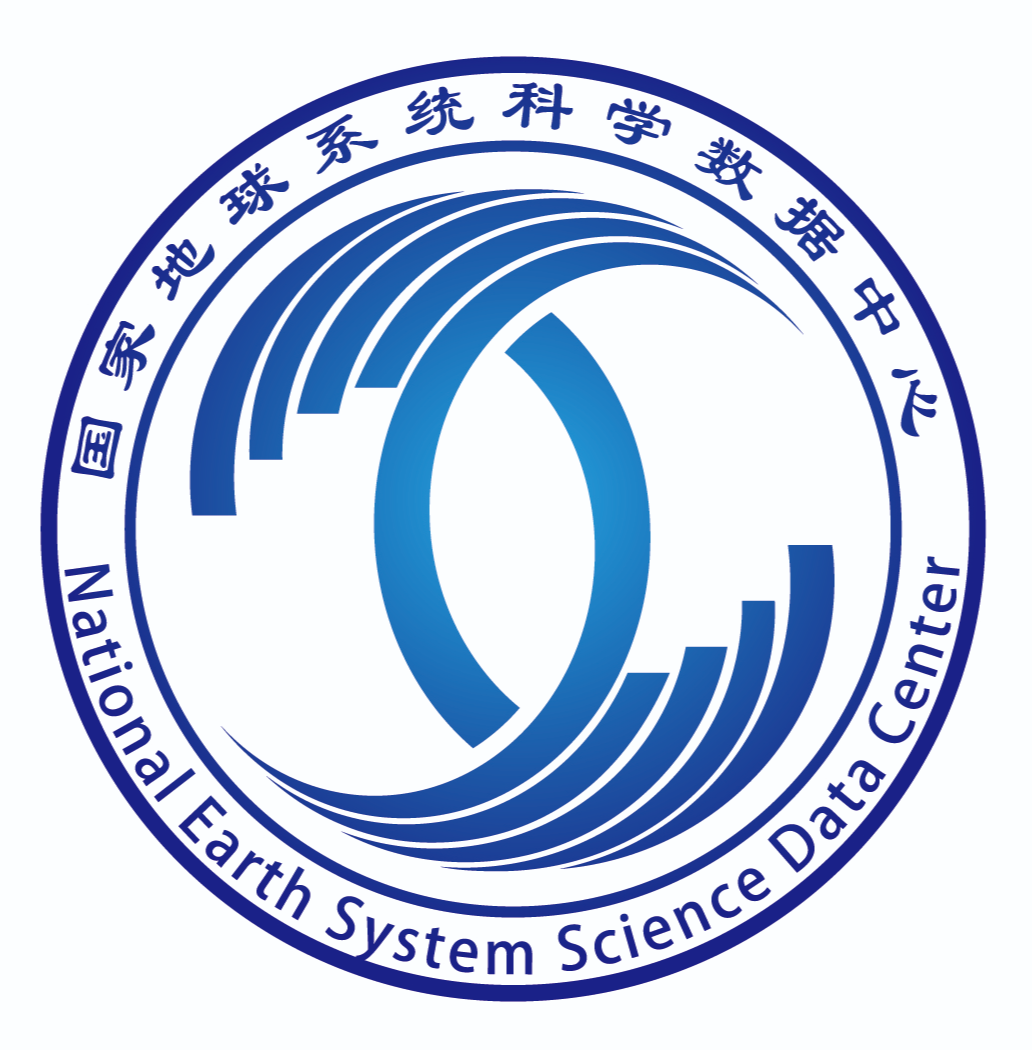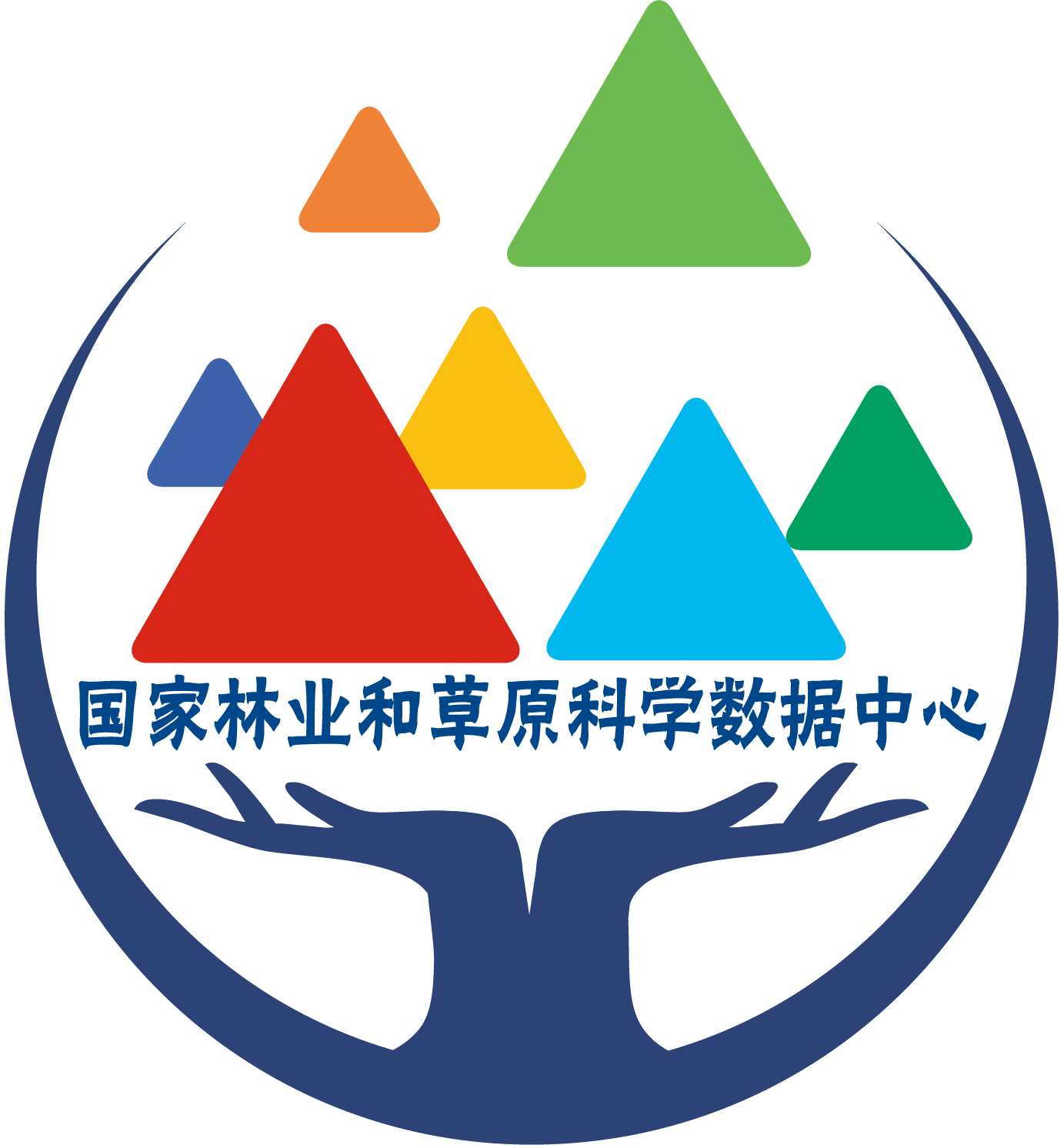Three quenching temperatures of 1100 ℃, 1150 ℃ and 1180 ℃ are selected for K390 and S590 blades, and the same tempering process (cryogenic and 550 ℃ tempering for three times) is used to test the bending strength of the samples after heat treatment. With the increase of heat treatment temperature, the bending strength of K390 increases first and then decreases, and the strength can reach 5486 MPa at 1150 ℃; The bending strength of S590 decreases with the increase of temperature, and the bending strength is the highest at 1100 ℃, 5473 MPa. At 1100 ℃, K390 undergoes quasi-cleavage fracture, and at 1150 ℃, dimples are obvious. With the increase of temperature, carbides grow up, and the crack source is easy to initiate near the coarse carbides, resulting in a decrease in strength. With the increase of quenching temperature, the number of dimples on the S590 fracture surface decreases gradually, the tear ridge feature decreases, the radial stripes are gradually not observed, the fracture mode transitions from quasi-cleavage fracture to brittle cleavage fracture, and the bending strength decreases.






















